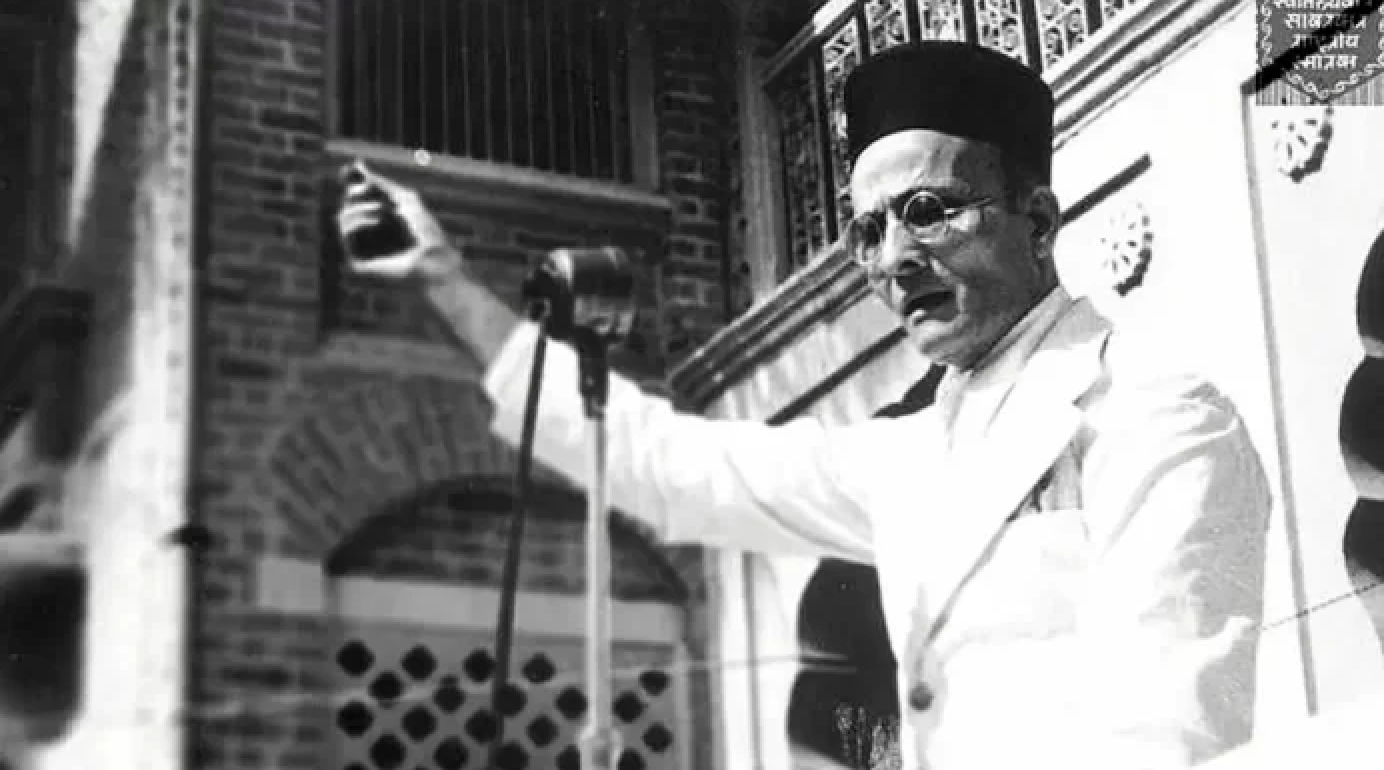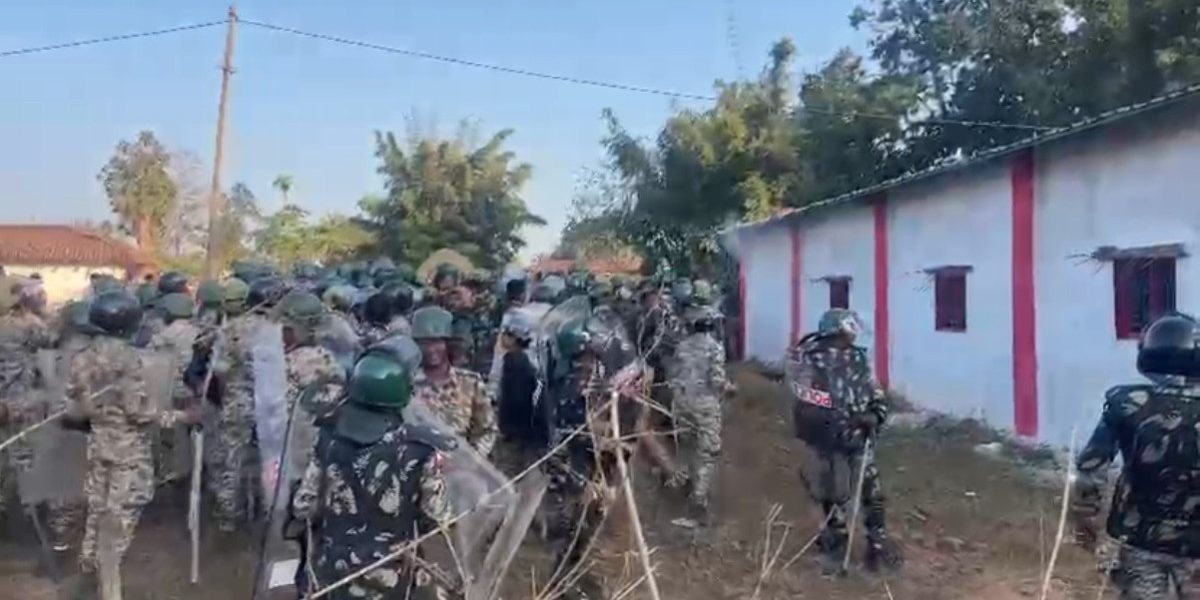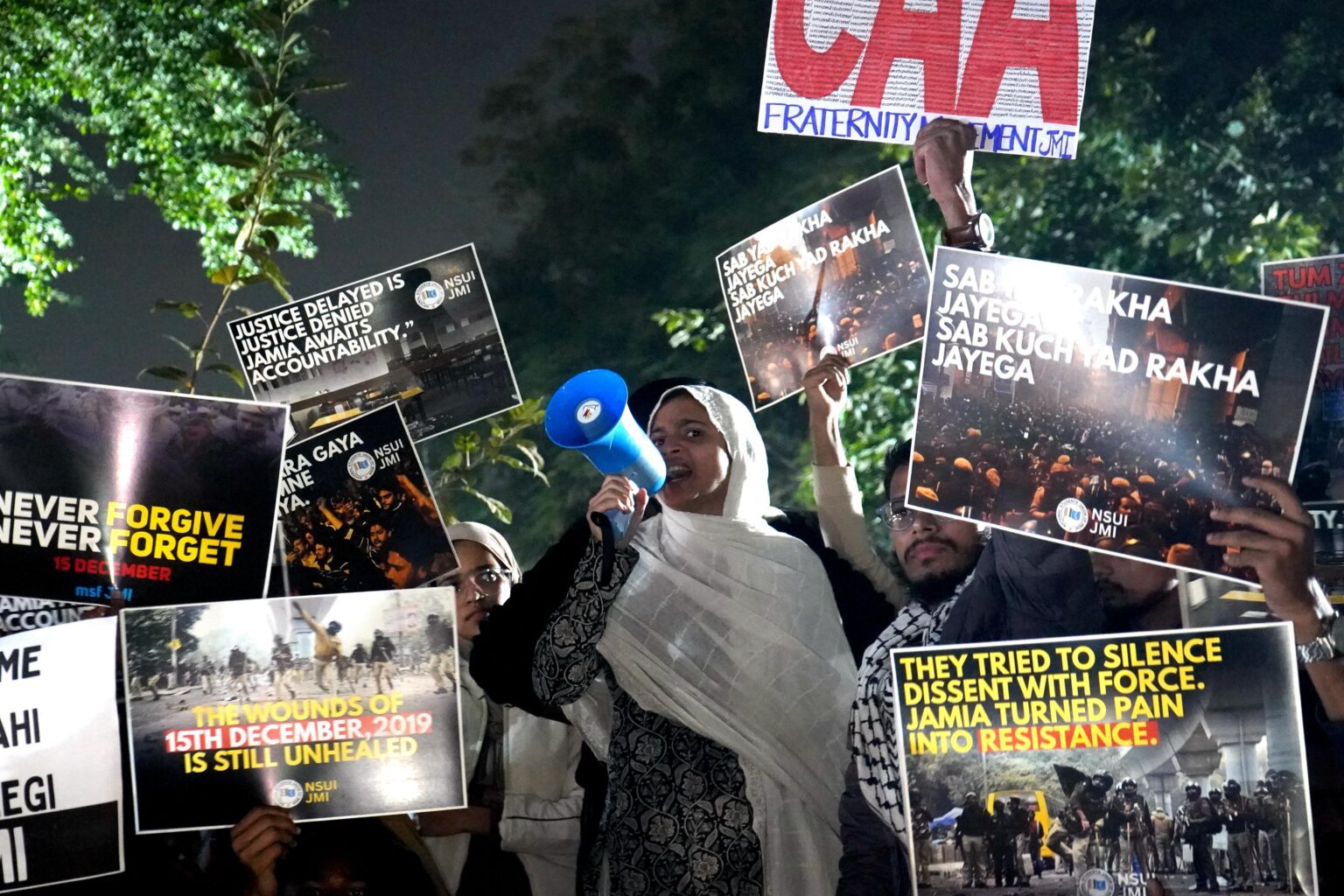
By Arun Shourie
Excerpted with permission from The New Icon: Savarkar and the Facts by Arun Shourie.
Without a shred of doubt, incarceration in the Cellular Jail in Andamans was an ordeal of the worst kind. The dungeon-like cells. The solitary confinement. The anaemic food. The cruel warders and jailor, and the extreme maltreatment by them. The beatings. The all-too-frequent caning. The daily abuse and humiliation. The punishments: the already scanty ration cut to starvation level; being placed in chains and handcuffs for six months at a time; being made to stand for two weeks at a time with iron fetters on one’s legs and around one’s feet; being locked in a cage. Like others, Savarkar was subjected to them—solitary confinement, to stand for a week with handcuffs; chain-fetters; crossbar fetters . . . ‘work’, diabolically designed to break the prisoner—pounding coir, extracting oil as the bullock does by pushing the shaft round and round the ‘oil mill’ to the point one fainted yoked to the ‘mill’ . . . Many died of exhaustion, from hunger and malnutrition, from overwork, from chronic dysentery, tuberculosis, asthma, phthisis, malaria and unbearable pain. Some went mad. Chakraborty was to recall that on the average three inmates committed suicide every month. About 400 of the prisoners were hanged or shot. Worse than even these, was the daily abuse, the sheer helplessness to which one was driven. And there was no appeal—the perpetrators were the judges. Savarkar’s health broke down. He spent almost a year and a half in the jail’s hospital. Even as he was dissuading others from committing suicide, at one point, he says, he himself thought of killing himself. That someone should do everything that he could to get out of the place is perfectly understandable.
Why then have the petitions attracted so much censure and derision?
The first, of course, is the contrast with what Bhagat Singh and others said as they faced execution. Recall Ram Prasad Bismil mounting the gallows with Bismil Azimabadi’s Sarfaroshi ki tammana ab hamaare dil mein hai on his lips.
The second is the halo that has been stuck around Savarkar. When people read the petitions, they naturally wonder whether a ‘Veer’ would plead in this way.
Third, Savarkar himself did not seem to have been comfortable with the fact that he had submitted the petitions. He certainly did not own up to them. In the letters that he wrote to his family, and in his copious My Transportation for Life, he does mention the sort of grounds on which he has asked the Government to reduce his sentence, to transfer him back to a jail on the mainland, to give him a chance to work in constitutional ways. But in those accounts, it is as if an equal is talking to equals, almost as if a Barrister is arguing in court. There is none of the beseeching that we have encountered above. No hint that he has offered to be of service to the Government in whatever capacity they deem fit. No hint of the conditions he has told the Government he is ready to accept.
Next, there is the reaction of his own associates and admirers when they heard that he had accepted conditions for being released.
This story was originally published in thewire.in. Read the full story here.





